07.03.–30.04.2024 / Ballett
True Crime
Andrey Kaydanovskiy | Hege Haagenrud | Demis Volpi
Dates
19:30 - 21:45
Audiodescription Ballett
19:30 - 21:45
For the last time this season Ballett
Content
Three perspectives on truth and fiction
Andrey Kaydanovskiy – Chalk
Hege Haagenrud – The Bystanders
Demis Volpi – Non-Fiction Études
Hege Haagenrud – The Bystanders
Demis Volpi – Non-Fiction Études
Perpetrator. Victims. Investigator. Isn't truth itself also a question of perspective and interpretation? What appeals to us about the objectivity of dry reporting? What fascinates us about the truthfulness of "true crime" as opposed to a fictionalised crime novel?
With "True Crime", the three choreographers Andrey Kaydanovskiy, Hege Haagenrud and Demis Volpi approach this hyped and controversial genre with their very own dance language. The result is three independent pieces that are nevertheless interwoven through stage, costume and sound design.
"Chalk" is the name of Andrey Kaydanovskiy's exploration of the topic. It takes place at an abandoned crime scene and follows four truth-seekers who sometimes slip into the role of the victim, the perpetrator or the investigator. In their attempt to reconstruct the crime and their search for the truth, however, more questions seem to arise than answers. The sound documents from the broad field of commercial processing and exploitation of "true crimes", which can be heard in Hege Haagenrud's choreography "The Bystanders" and are translated into sign language by the dancers with virtuosity, are further away and yet very close. A bizarre to shocking collection of podcast and film excerpts, true crime make-up tutorials or (staged) witness statements. At the centre of Demis Volpi's choreography "Non-Fiction Études" is the American author Truman Capote, who is considered a pioneer in the literary treatment of "true crime" with his 1966 novel "In Cold Blood", which is based on facts. The question is very clear here: Where is the boundary between reality and artistic interpretation?
With "True Crime", the three choreographers Andrey Kaydanovskiy, Hege Haagenrud and Demis Volpi approach this hyped and controversial genre with their very own dance language. The result is three independent pieces that are nevertheless interwoven through stage, costume and sound design.
"Chalk" is the name of Andrey Kaydanovskiy's exploration of the topic. It takes place at an abandoned crime scene and follows four truth-seekers who sometimes slip into the role of the victim, the perpetrator or the investigator. In their attempt to reconstruct the crime and their search for the truth, however, more questions seem to arise than answers. The sound documents from the broad field of commercial processing and exploitation of "true crimes", which can be heard in Hege Haagenrud's choreography "The Bystanders" and are translated into sign language by the dancers with virtuosity, are further away and yet very close. A bizarre to shocking collection of podcast and film excerpts, true crime make-up tutorials or (staged) witness statements. At the centre of Demis Volpi's choreography "Non-Fiction Études" is the American author Truman Capote, who is considered a pioneer in the literary treatment of "true crime" with his 1966 novel "In Cold Blood", which is based on facts. The question is very clear here: Where is the boundary between reality and artistic interpretation?
Choreographie
Sounddesign
Bühne
Kostüme
Licht
Dramaturgie
Cast
TänzerInnen
Camilla Agraso, Paula Alves, Marta Andreitsiv, Joaquin Angelucci, Daniele Bonelli, Jack Bruce/Vinícius Vieira, Maria Luisa Castillo Yoshida, Lara Delfino, Orazio Di Bella/Gustavo Carvalho/Kauan Soares, Philip Handschin, Futaba Ishizaki, Lotte James, Evan L'Hirondelle, Samuel López Legaspi, Nelson López Garlo, Norma Magalhães, Pedro Maricato, Miquel Martínez Pedro/Dukin Seo, Clara Nougué-Cazenave/Sara Giovanelli, Emilia Peredo Aguirre/Charlotte Kragh, Ako Sago, Courtney Skalnik, Damián Torío, Elisabeth Vincenti/Wun Sze Chan, Imogen Walters, Long Zou



